Children may not always welcome their parents' supervision and protective attitude as it feels restrictive to their sense of autonomy. However, if parental supervision is taken out of the picture, do they turn out to be any better? Between 2002 and 2009, a reality TV show conducted a social experiment to analyze this. They placed ten boys and ten girls, all aged 11 or 12, in two separate houses, to live without adult supervision for five days. The footages of both the houses were broadcasted on the UK Channel 4 documentary “Boys and Girls Alone.”

None of the children had met each other beforehand. Parents, guardians, and adults were not allowed in the houses. The houses were stocked with toys, books, paints, food, and cleaning equipment. There was a camera crew inside the house, but they didn’t engage or interact with the children. They were just there to intervene in case of safety issues. There was a bell the children could ring at any time to speak to the nurse, production team, their parents, or a child psychiatrist they all met beforehand. They were also free to leave the house at any time. There were cameras inside the bedrooms of the house that filmed the children – their routines, behaviors, and activities. The observers of the experiment concluded that boys and girls behaved quite differently in this circumstance.
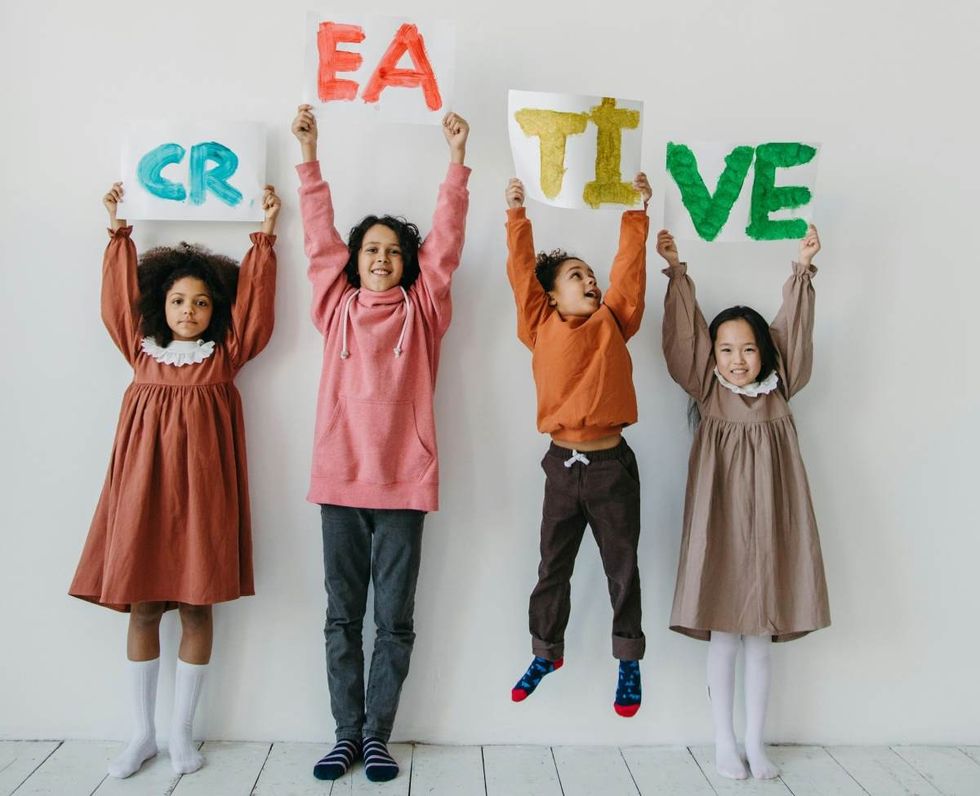
As the respective footage shows, the moment the boys stepped inside their house, chaos unfolded. It seemed, at first, that they couldn’t believe the freedom they had been given. Soon enough, they started trashing the house and squirting water at each other with water pistols. A boy named Michael smattered sticky popcorn kernels all over the carpet. They dirtied the walls by writing, drawing, painting, and daubing them with paint tubes. They fought with cushions and pillows.
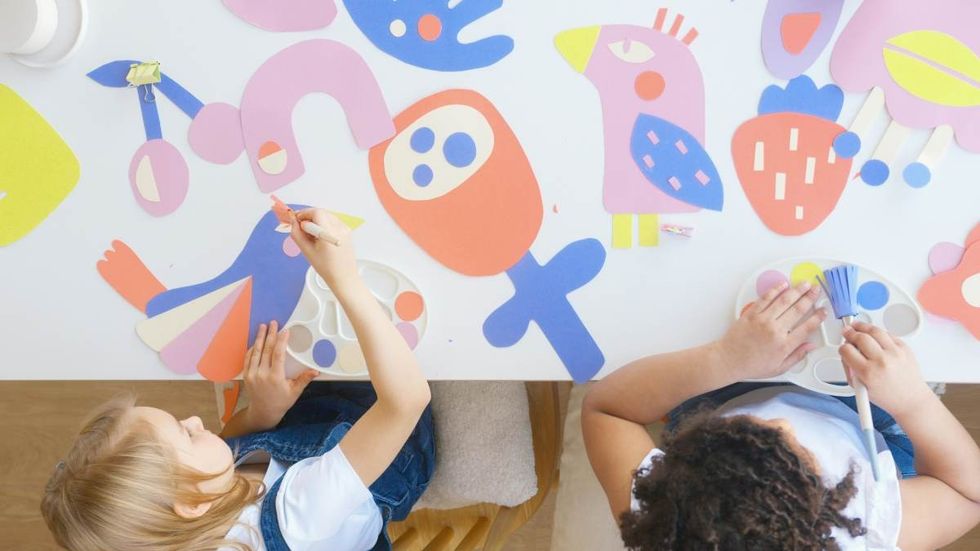
After a while, the boys realized that no one was going to clean the trash they had made. “We never expected to be like this, but I’m really upset that we trashed it so badly. We were trying to explore everything at once and got too carried away in ourselves,” one boy was heard saying in the footage. Upon the realization, they started by scraping the paint off the walls but it didn’t come off. One boy was seen vacuum-cleaning the window frame. Another was mopping the floor by messily squeezing a cloth under his foot. Even though they were trying to restore the order, it seemed they were ill-equipped to take care of themselves.
All the children had completed a cooking course before this experiment, but when it came to boys, none seemed to utilize their skills. Instead, they mostly snacked on sugar and cereal for meals, and at most, they snacked on a frozen pizza by heating it in the oven. On top of everything, they soon got into arguments about who was going to do all the cleaning work. The lush green garden outside the house was badly littered with trash and the garbage bin was spilling out garbage.
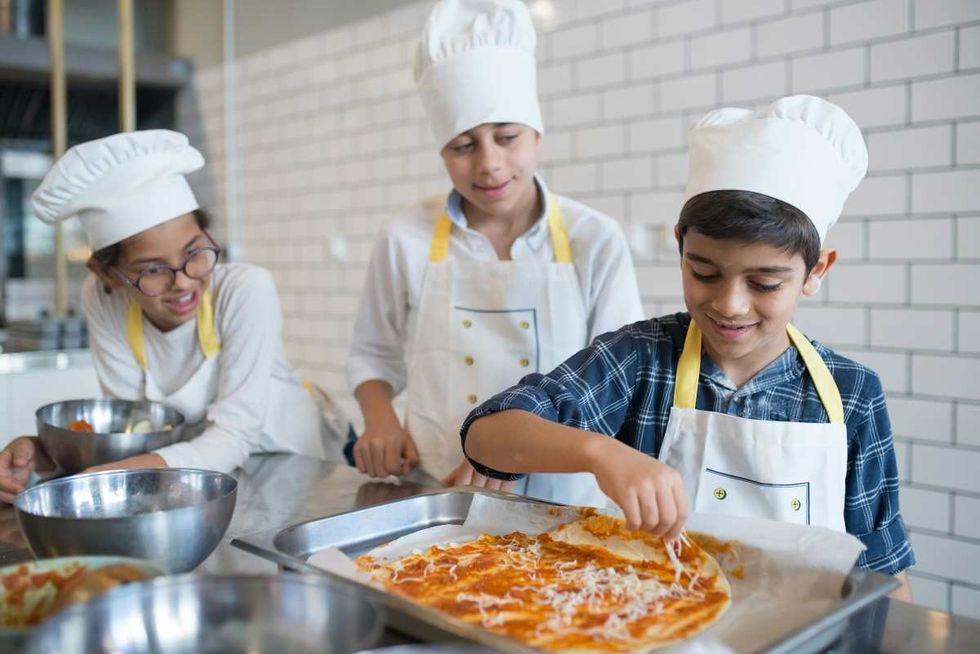
Even more so, the boys divided into two groups and even started teasing each other. At one point, the atmosphere became hysterical and aggressive. They started making loud noises, and one of the boy's t-shirts was smudged in shaving cream, although nobody was hurt. By the end of the week, they had completely trashed their house.
In stark contrast, the footage of the ten girls demonstrated an altogether different picture. Unlike the boys, the girls seemed to depict skills of organization, cooking, compassion, and “just having fun.” They quickly bonded with each other and set out to cook, do activities, and delegate responsibilities. A girl named Sherry took charge of the cooking and prepared their first meal. They had fun and took proper care of themselves, even organizing a fashion show and later baking cakes. They penned down a chores list organizing scrupulously, who would do what. Although the girls’ party wasn’t devoid of drama, they proved themselves to be better organizers and caretakers when left alone.

















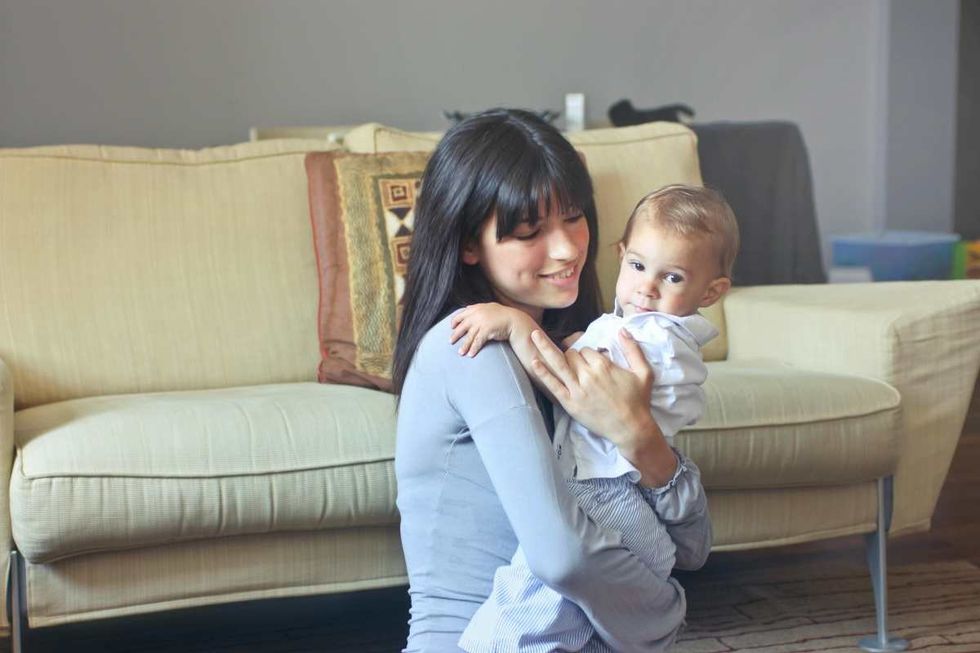 Pexels | Photo by Andrea Piacquadio
Pexels | Photo by Andrea Piacquadio
 An Atlantic grey seal looking at the camera underwater. (Representative Image Source: Getty Images | Mark Chivers)
An Atlantic grey seal looking at the camera underwater. (Representative Image Source: Getty Images | Mark Chivers)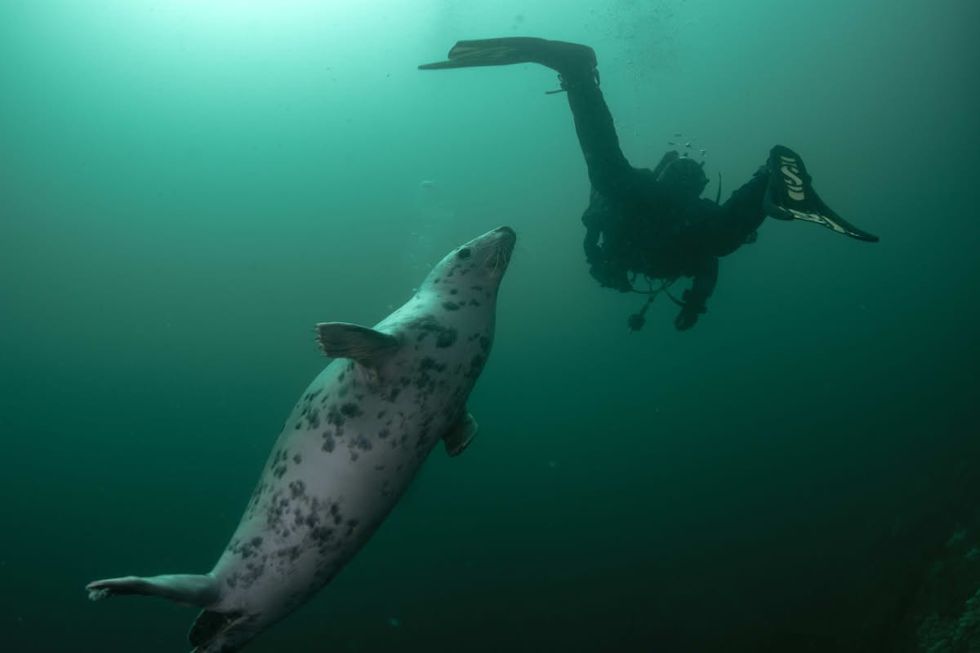 A grey seal swims up to a scuba diver. (Representative Image Source: Getty Images | Huw Thomas)
A grey seal swims up to a scuba diver. (Representative Image Source: Getty Images | Huw Thomas)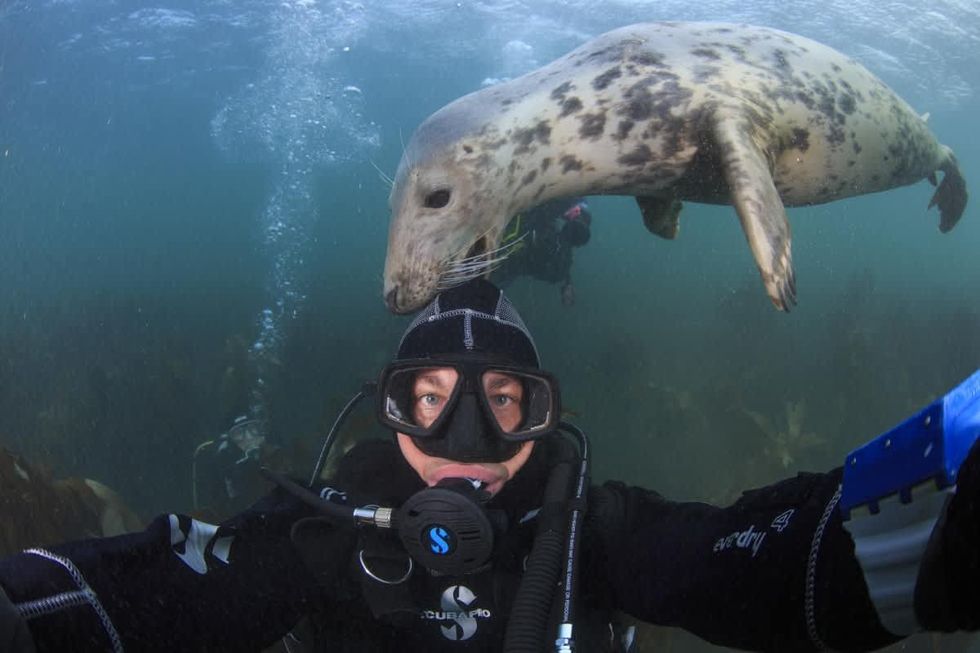 A Grey seal nibbles at the hood of a scuba diver. (Representative Image Source: Getty Images | Bernard Radvaner)
A Grey seal nibbles at the hood of a scuba diver. (Representative Image Source: Getty Images | Bernard Radvaner)
 Image Source: Seth Rogen and Lauren Miller Rogen co-host the HFC Austin Brain Health Dinner on September 30, 2023, in Austin, Texas. (Photo by Rick Kern/Getty Images for Hilarity for Charity)
Image Source: Seth Rogen and Lauren Miller Rogen co-host the HFC Austin Brain Health Dinner on September 30, 2023, in Austin, Texas. (Photo by Rick Kern/Getty Images for Hilarity for Charity) Image Source: Seth Rogen and Lauren Miller Rogen attend the 95th Annual Academy Awards on March 12, 2023 in Hollywood, California. (Photo by Arturo Holmes/Getty Images )
Image Source: Seth Rogen and Lauren Miller Rogen attend the 95th Annual Academy Awards on March 12, 2023 in Hollywood, California. (Photo by Arturo Holmes/Getty Images ) Image Source: YouTube |
Image Source: YouTube |  Image Source: YouTube |
Image Source: YouTube | 
 Image Source: In this handout photo provided by the National Science Foundation, the Event Horizon Telescope captures a black hole at the center of galaxy M87 in an image released on April 10, 2019. (National Science Foundation via Getty Images)
Image Source: In this handout photo provided by the National Science Foundation, the Event Horizon Telescope captures a black hole at the center of galaxy M87 in an image released on April 10, 2019. (National Science Foundation via Getty Images)
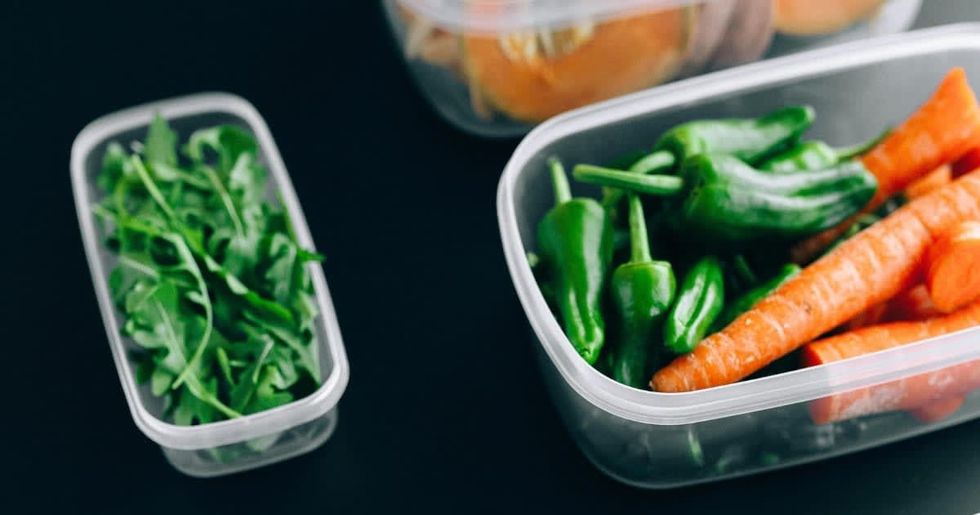 Representational Image Source: Pexels I Photo by Nataliya Vaitkevich
Representational Image Source: Pexels I Photo by Nataliya Vaitkevich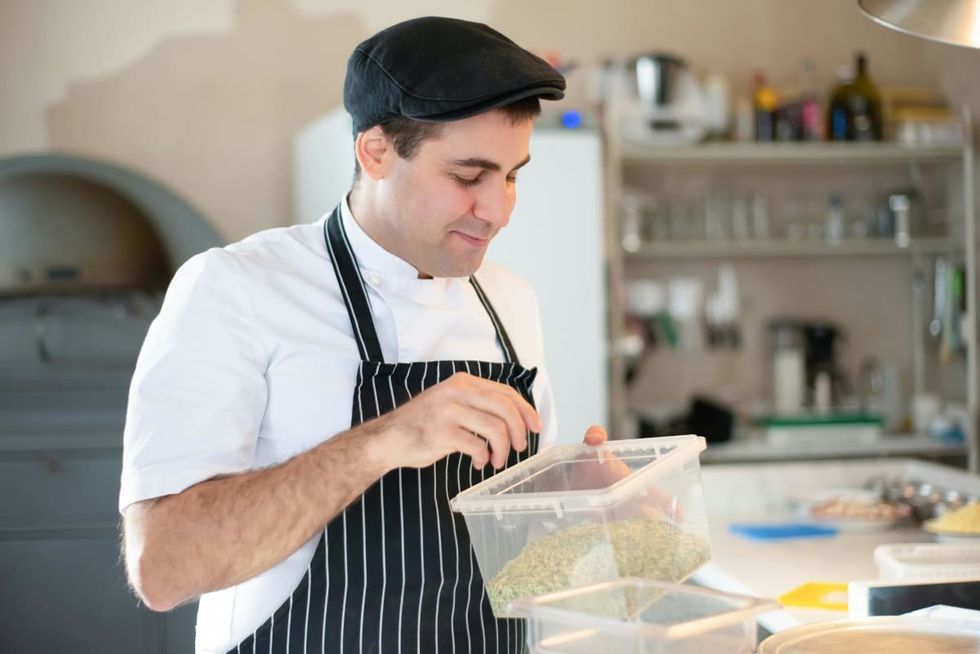 Representative Image Source: Pexels | Kampus Production
Representative Image Source: Pexels | Kampus Production
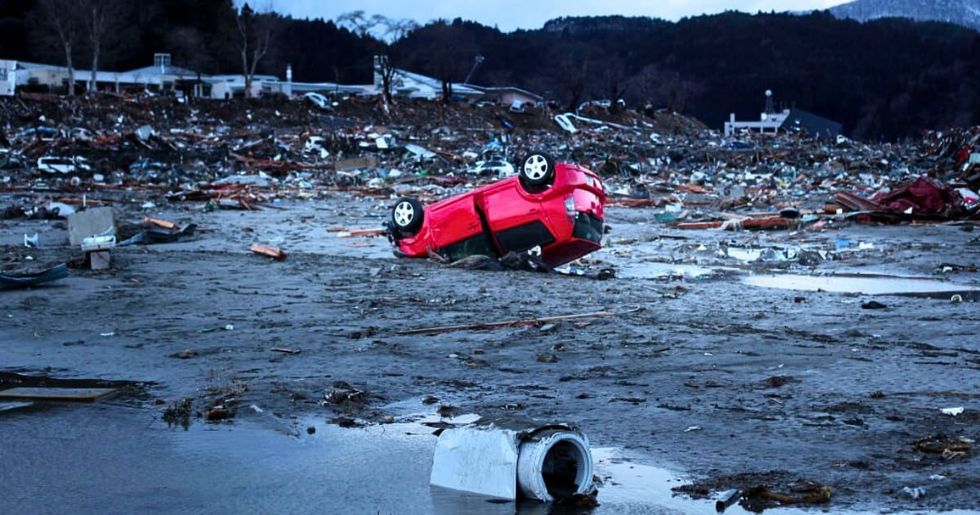 Image Source: Destroyed vehicles lie near the rubble after the earthquake and tsunami devastated the area on March 16, 2011, in Minamisanriku, Japan. The 9.0 magnitude strong earthquake struck offshore on March 11 at 2:46 pm local time, triggering a tsunami wave of up to ten meters which engulfed large parts of north-eastern Japan. (Photo by Chris McGrath/Getty Images)
Image Source: Destroyed vehicles lie near the rubble after the earthquake and tsunami devastated the area on March 16, 2011, in Minamisanriku, Japan. The 9.0 magnitude strong earthquake struck offshore on March 11 at 2:46 pm local time, triggering a tsunami wave of up to ten meters which engulfed large parts of north-eastern Japan. (Photo by Chris McGrath/Getty Images)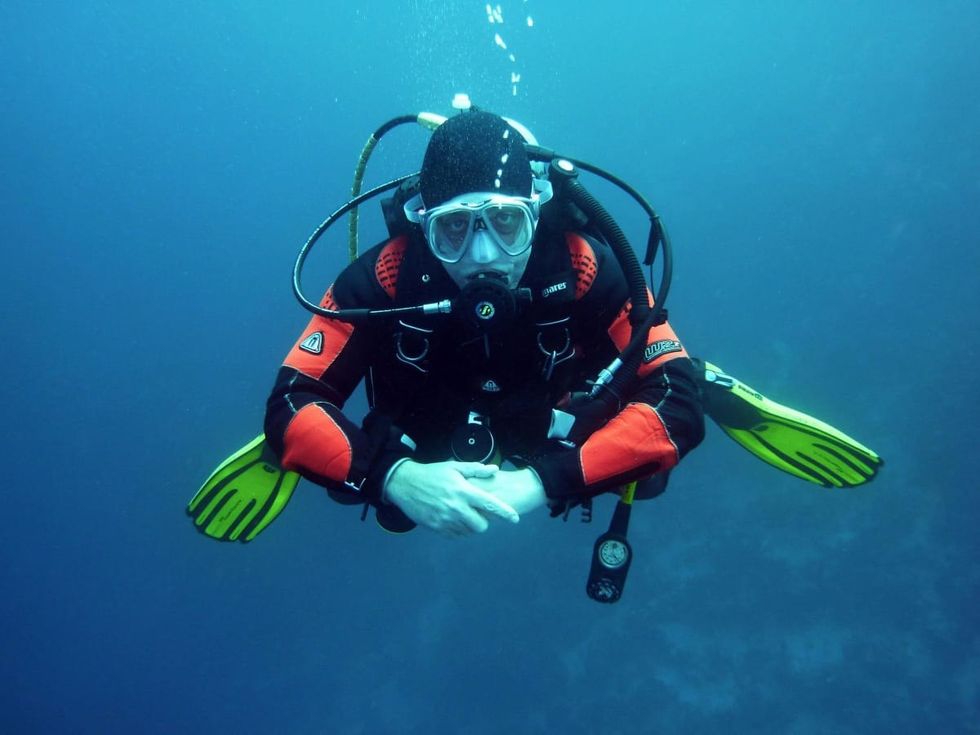 Representative Image Source: Pexels | Pixabay
Representative Image Source: Pexels | Pixabay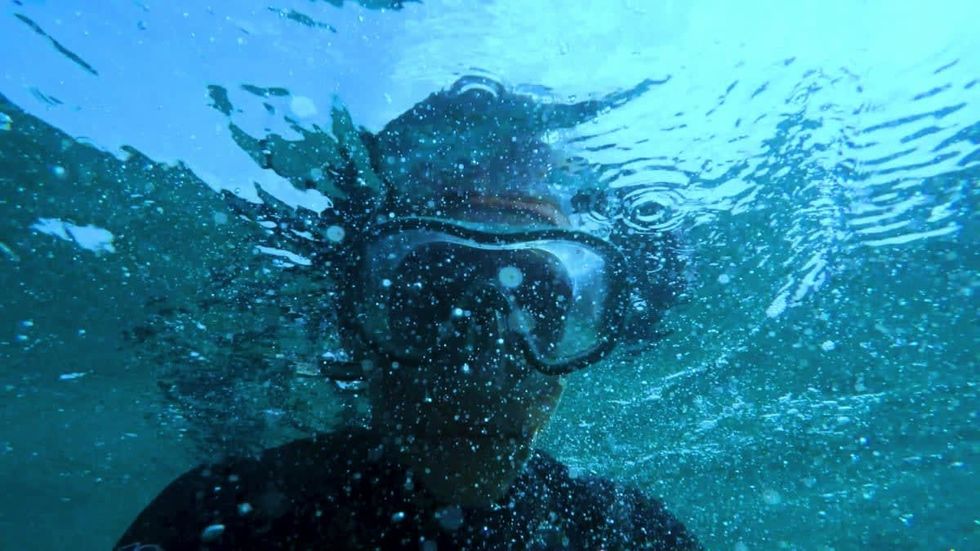 Representative Image Source: Pexels | Stuart Pritchards
Representative Image Source: Pexels | Stuart Pritchards
 Image Source: Musician Keith Urban and actress Nicole Kidman arrive at the 2009 American Music Awards at Nokia Theatre L.A. Live on November 22, 2009 in Los Angeles, California. (Photo by Jeffrey Mayer/WireImage)
Image Source: Musician Keith Urban and actress Nicole Kidman arrive at the 2009 American Music Awards at Nokia Theatre L.A. Live on November 22, 2009 in Los Angeles, California. (Photo by Jeffrey Mayer/WireImage) Image Source: Keith Urban and Nicole Kidman attend The 2024 Met Gala on May 06, 2024 in New York City. (Photo by John Shearer/WireImage)
Image Source: Keith Urban and Nicole Kidman attend The 2024 Met Gala on May 06, 2024 in New York City. (Photo by John Shearer/WireImage) Image Source: Musician Keith Urban and actress Nicole Kidman arrive at the Oscars on February 24, 2013 in Hollywood, California. (Photo by Jeff Vespa/WireImage)
Image Source: Musician Keith Urban and actress Nicole Kidman arrive at the Oscars on February 24, 2013 in Hollywood, California. (Photo by Jeff Vespa/WireImage)
 Representative Image Source: Pexels | August de Richelieu
Representative Image Source: Pexels | August de Richelieu Representative Image Source: Pexels | August de Richelieu
Representative Image Source: Pexels | August de Richelieu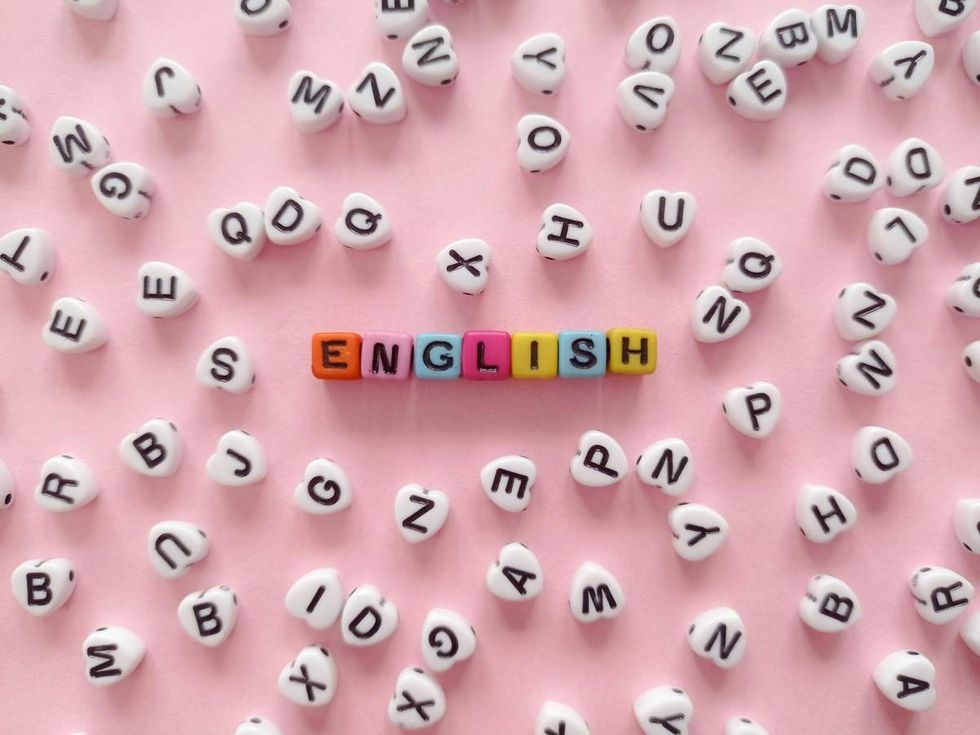 Representative Image Source: Pexels | Djordje Vezilic
Representative Image Source: Pexels | Djordje Vezilic Representative Image Source: Pexels | Fauxels
Representative Image Source: Pexels | Fauxels